Known as the Land of Fire and Ice, Iceland has so much to offer to the photographer – astounding nature such as the nearly 200-foot-high waterfall Skogafoss, steep basalt cliffs of Arnarstapi, ice caves in Vatnajökull and the elusive Northern Lights.
With unpredictable weather, Iceland is unique in its strange ways. In one moment, you could be capturing an image basking in sunlight, whereas in the next, the sky could turn dark, prompting a dramatic transformation through your lens.
Peter Eastway, a Phase One Ambassador, is internationally known for his landscape and travel photography and has ventured around the island many times. In this article, he will give you insights into what it is like to hunt down the most remarkable photo spots in Iceland. In these extraordinary situations, you need a reliable camera system, giving the beautiful scenery its justice. This is why Peter uses the Phase One medium. If you want to know why, then keep on reading.
As this is a unique location, you’d want to ensure that you get the most out of your photography, so having someone with ample experience is a safe bet to handle the raw landscape with as little risk as possible. Peter collaborates with Better Moments Explorer Workshop and will also tell you more about the benefits of enhancing your skills under professional guidance.
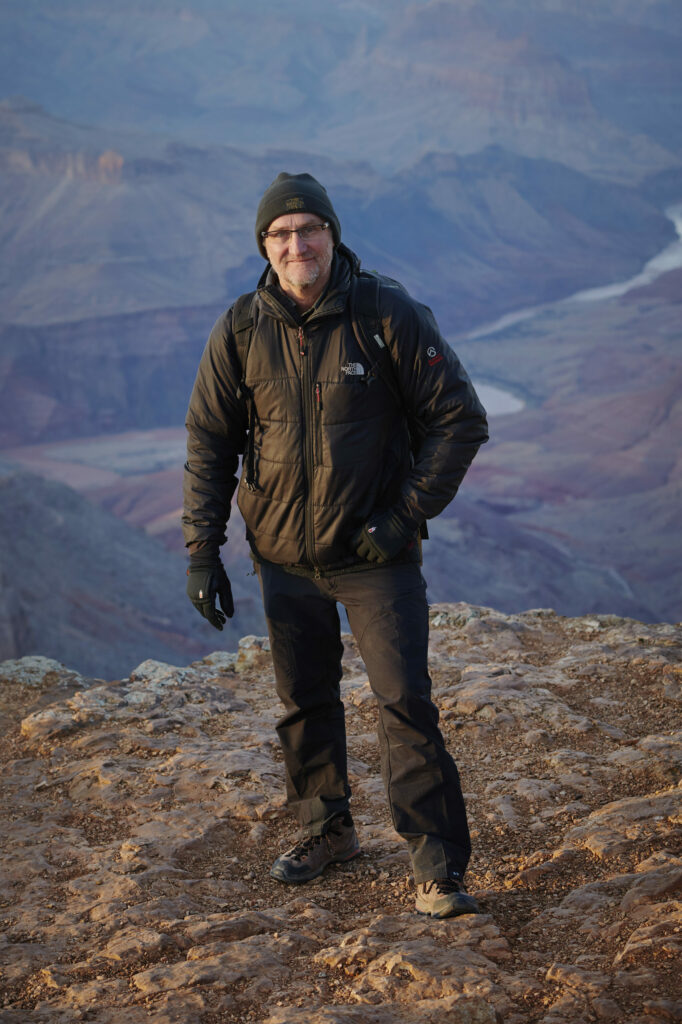
What makes Iceland unique?
If there’s one place in the world a landscape photographer has to visit, it’s Iceland. It has it all, from tortured ocean coasts and massive waterfalls, to towering volcanoes and beaches with black sand. However, punctuating this remarkable landscape are tiny hamlets and churches, winding roads and lighthouses. I simply love Iceland as a photography destination.
I remember walking along the edge of Jökulsárlón lagoon in the twilight to photograph a small group of icebergs stranded on the shore. There was a full moon, the water was mirror smooth and the location was so quiet! But what was most memorable was the quality of the light, the cleanness of the air and the magic of being in Iceland!
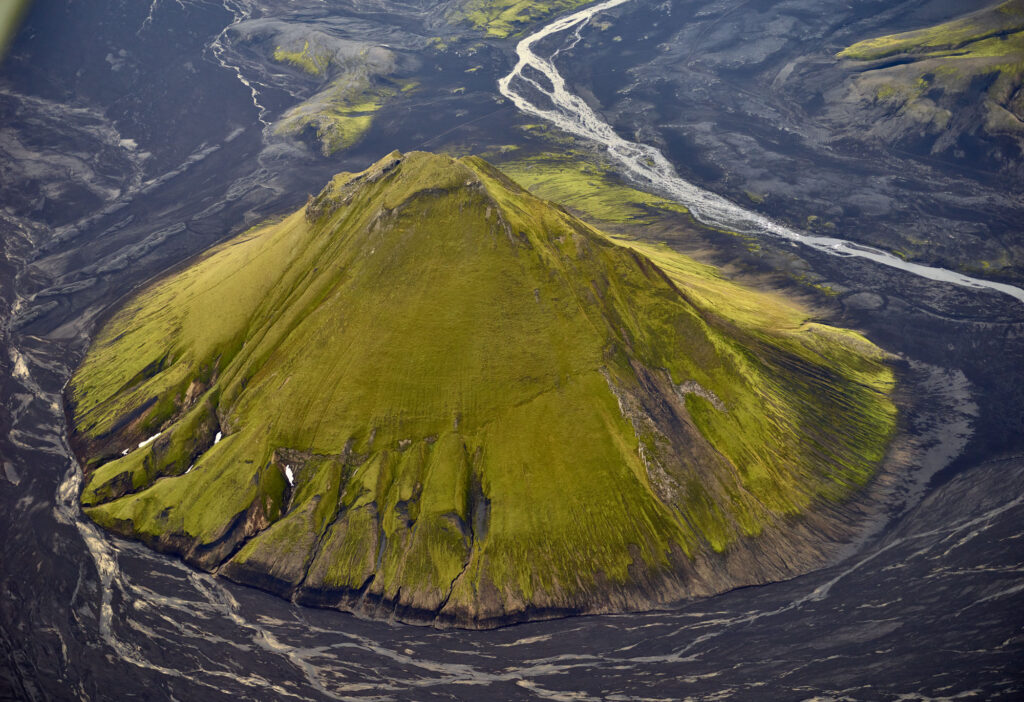

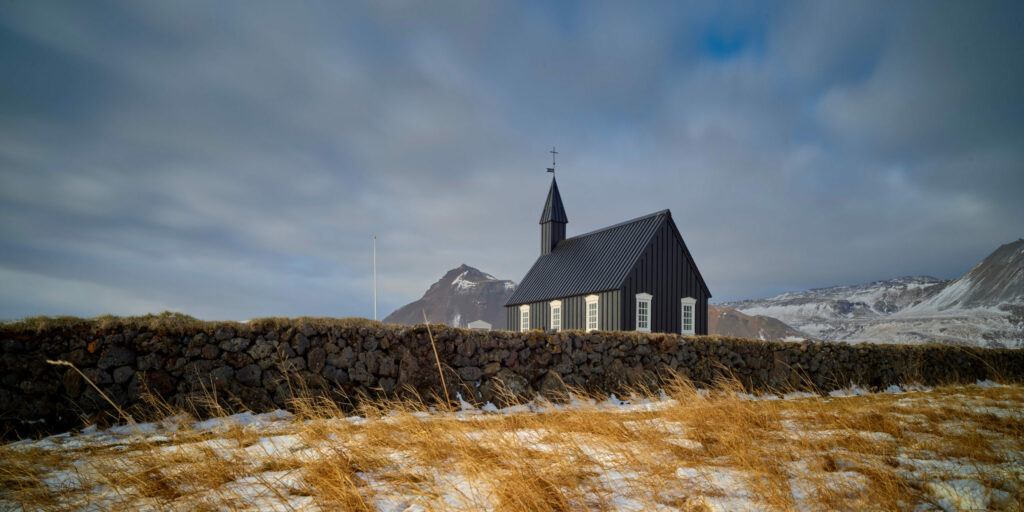

Using Medium format for landscape photography
People often think it’s the 150-megapixel resolution that makes my landscapes look so good (assuming they like them, of course)! However, while the resolution is fantastic, it’s the sensor’s dynamic range that makes the difference for me – being able to expose for the highlights and still draw out all the details I need from the shadows is why medium format is so important for my landscape work.
Phase One isn’t just a camera or a digital back; it’s a system. Phase One provides me with the highest quality workflow, from lens and sensor to post-production in Capture One. I use an IQ-4 150MP on a Phase One XF or a Phase One XT. I have 23mm, 55mm, 70mm, 80mm, 110mm, 180mm and 240mm lenses in different configurations, depending on the camera body.
Shooting with the Phase One system, I don’t have to think about quality because it gets produced automatically as a part of the mechanical capture process – and this leaves me to ponder on the creativity behind the image making.
Once you master the shooting technique with a medium format, the image quality is simply addictive. I hear photographers say how wonderful their cameras are, and I’m sure they are. But when I look at my Phase One files, there’s something extra special about the sharpness, clarity and cleanness that filters through the entire process to the final print. That’s my addiction.
Don’t waste any precious second when you are exploring Iceland
Traveling with a group of like-minded photographers will open up a range of practical and creative opportunities you simply won’t find traveling on your own. You’ll see how experts approach their photography. You’ll also see how other photographers work and react. I find that working in this way is such a rewarding experience because of the new ideas it generates.
We have three levels of instruction. We can take you to a location, help you set up your camera and frame the shot for you. Secondly, you can sit back and watch how we take our shots, ask us questions, and proceed to take your own. Thirdly, and this is what most photographers prefer, we can take you to a location, give you some directions and ideas, then let you explore on your own. Whichever way you like to work, we’re there to help.

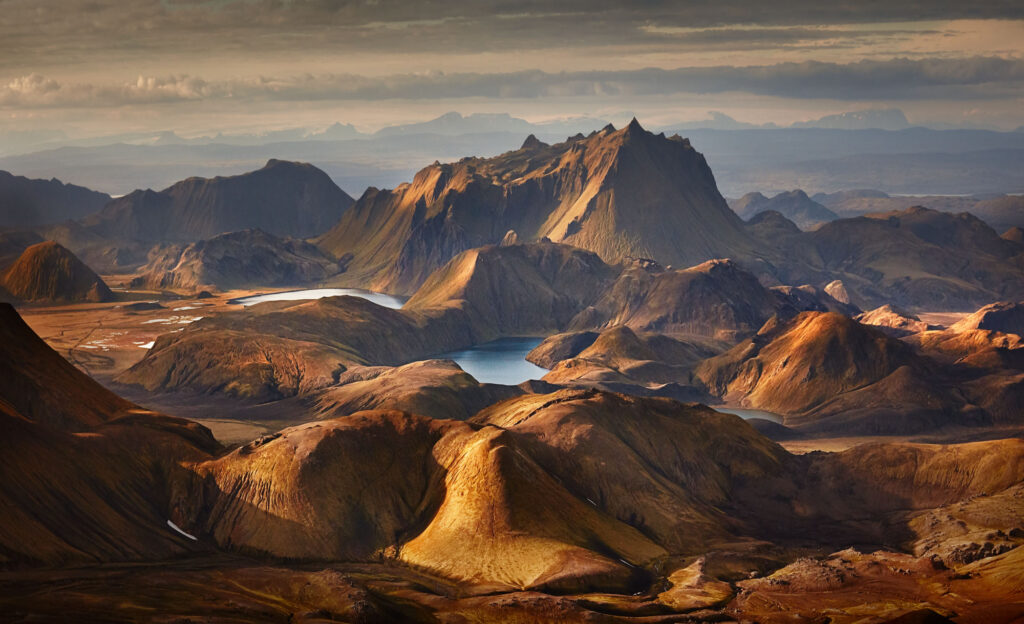

There will be plenty of conversation and advice throughout the workshop. And there’s always time to review your photographs and to show you ours. It’s the interaction between photographers that makes the difference.
Many photographers visit Iceland with the dream of photographing locations that have already been made famous by other photographers – and I understand this. Of course, we will visit some of these iconic locations during our workshop. I have to confess that my favourite locations are lesser-known places found along the way in between our destinations. I am all for discovering new angles and new locations, and together with Christian, the founder of Better Moments, with his extensive knowledge of Iceland, we will be able to maximize your Iceland experience.

An extra tip from Christian Nørgaard (CEO and Founder of Better Moments)
“One of the best locations in Iceland is the ruggedly beautiful stretch of coastlines at Arnarstapi where you can feel the force of the Atlantic Ocean. We photograph from selected viewpoints and eventually make our way down to the lava beach. There is also a ‘secret place’ which we would always visit when we are here – trust us, you would be in awe! I assure you that this will be a memorable experience with many opportunities to capture incredible shots.”
Don’t miss the opportunity to join the Better Moments and Phase One Explorer Iceland workshop. To find out more, take a look at this travel guide.
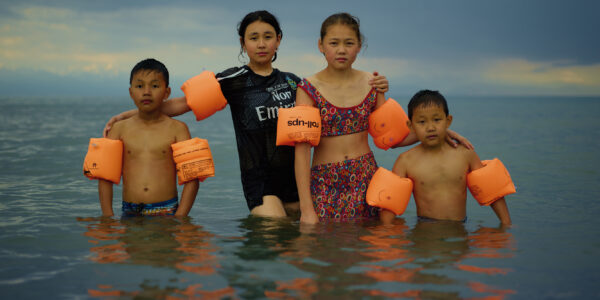
Photographer Stories
Intimacy in focus: Louise’s lens on humanity with Phase One_Part1
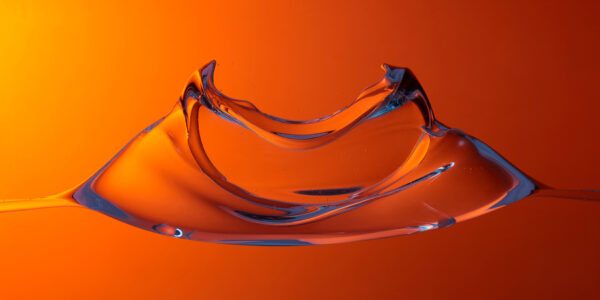
Photographer Stories
Dimitri Newman: Vision is Just the Start

Photographer Stories
Ashes: The Rebirth of a Camera- Hexmalo

Photographer Stories
Chandler Williams: A Photographer’s Path

Photographer Stories
TABO- Gods of Light

Photographer Stories
Loreto Villarreal – An Evolving Vision

Photographer Stories
Tobias Meier – Storytelling Photography

Photographer Stories
Gregory Essayan – Curating Reality

Photographer Stories
Total Solar Eclipse – Matthew C. Ng
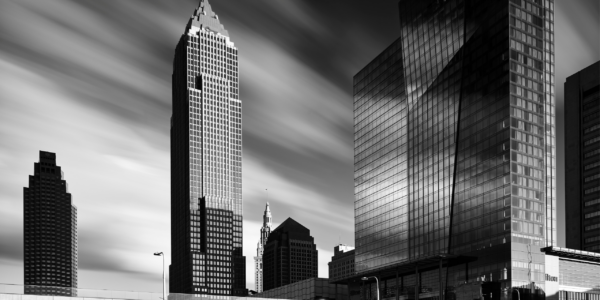
Photographer Stories
Roger Mastroianni – Frame Averaging
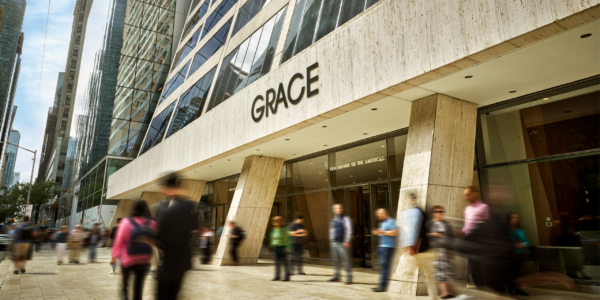
Photographer Stories
Matthew Plexman – Bringing portraits to life

Photographer Stories
Prakash Patel – A Visual Design Story

Photographer Stories
Karen Culp – Food Photography Ideas

Photographer Stories
T.M. Glass: Flower portraits
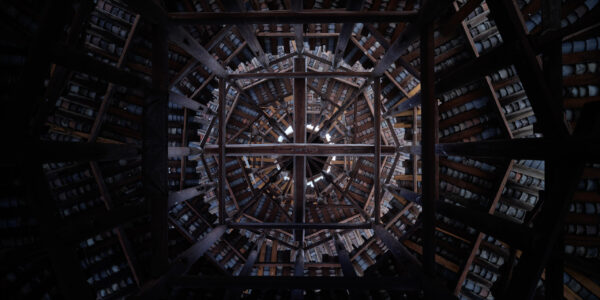
Photographer Stories
Preserving ancient Chinese buildings – Dong Village
